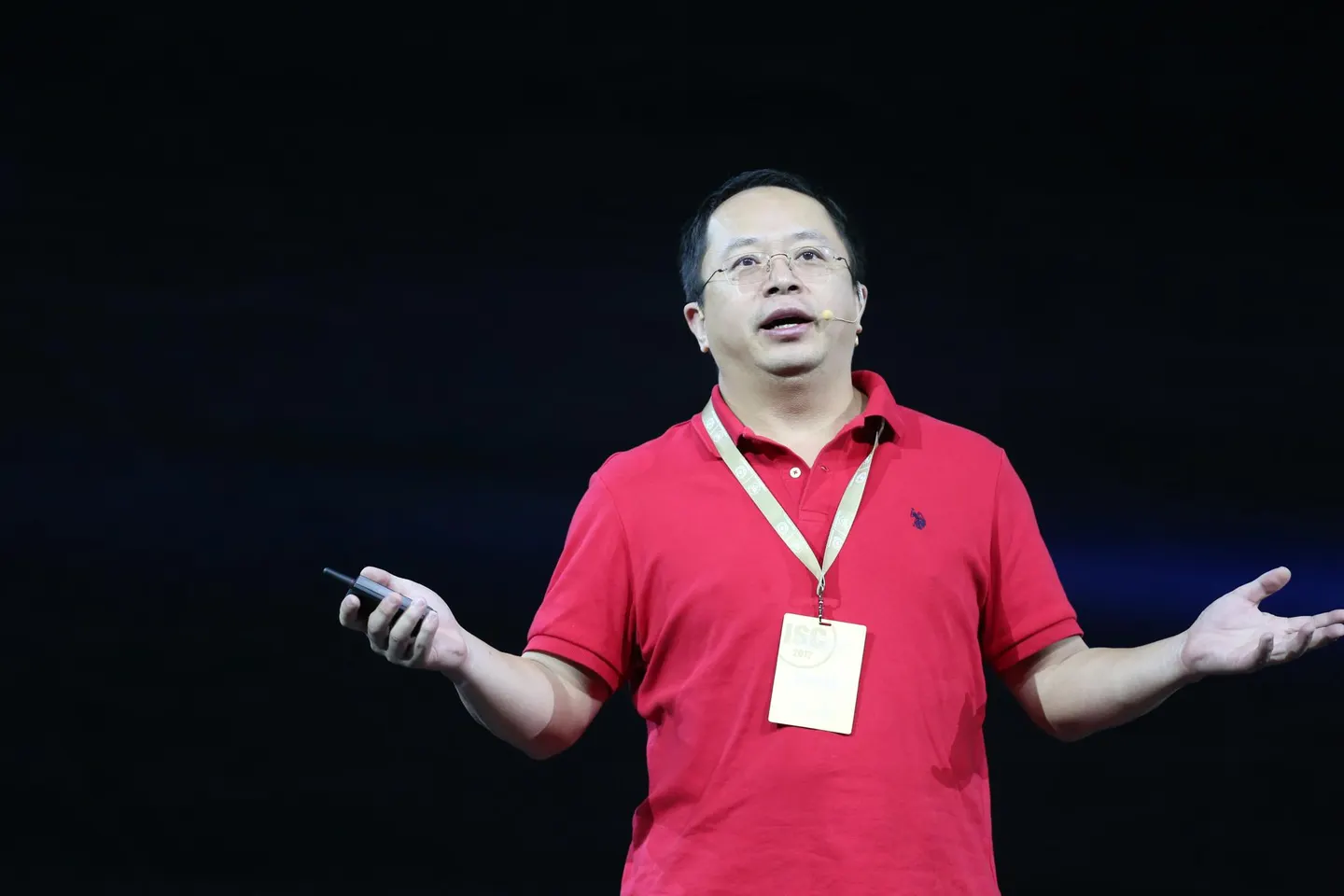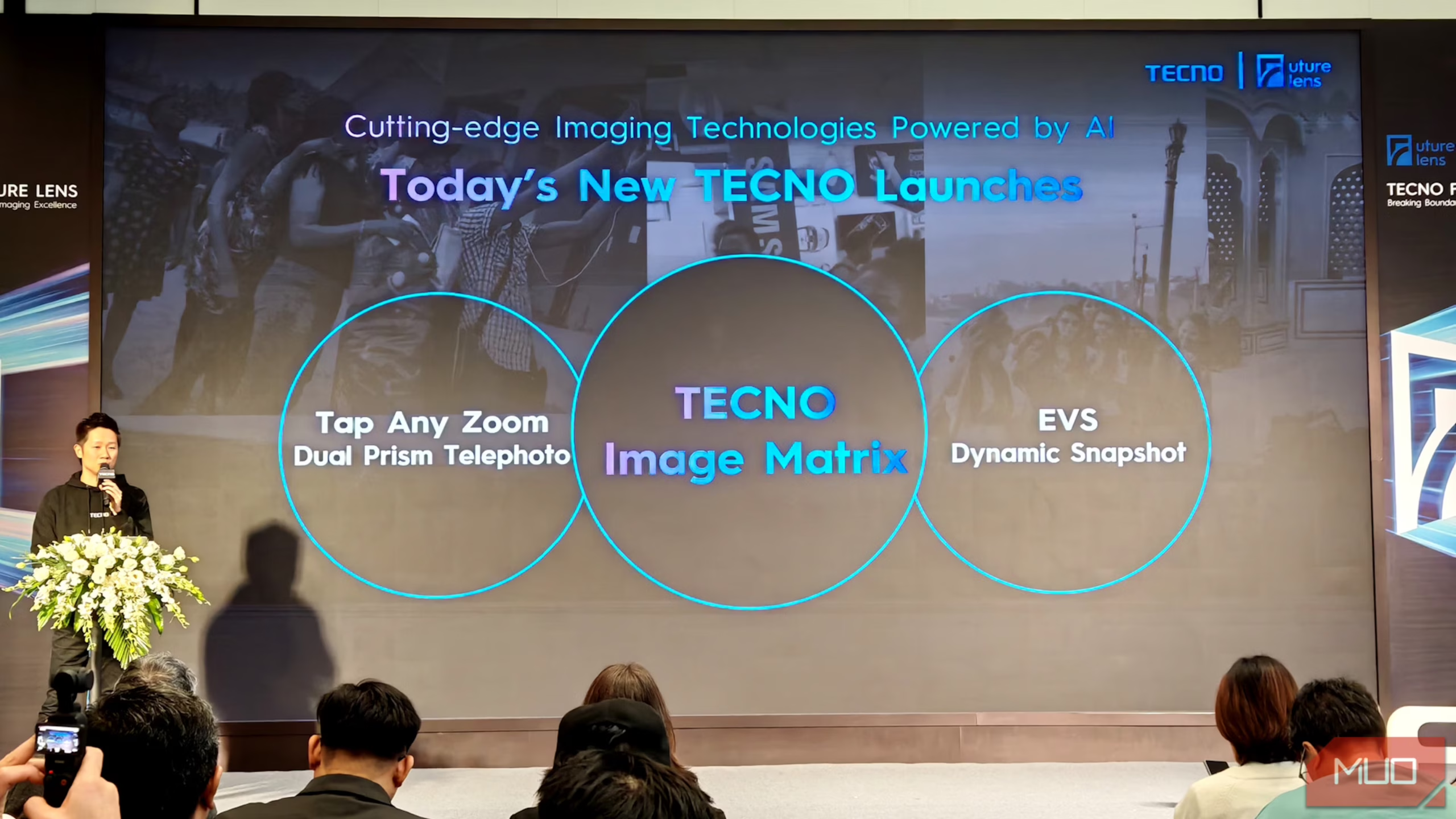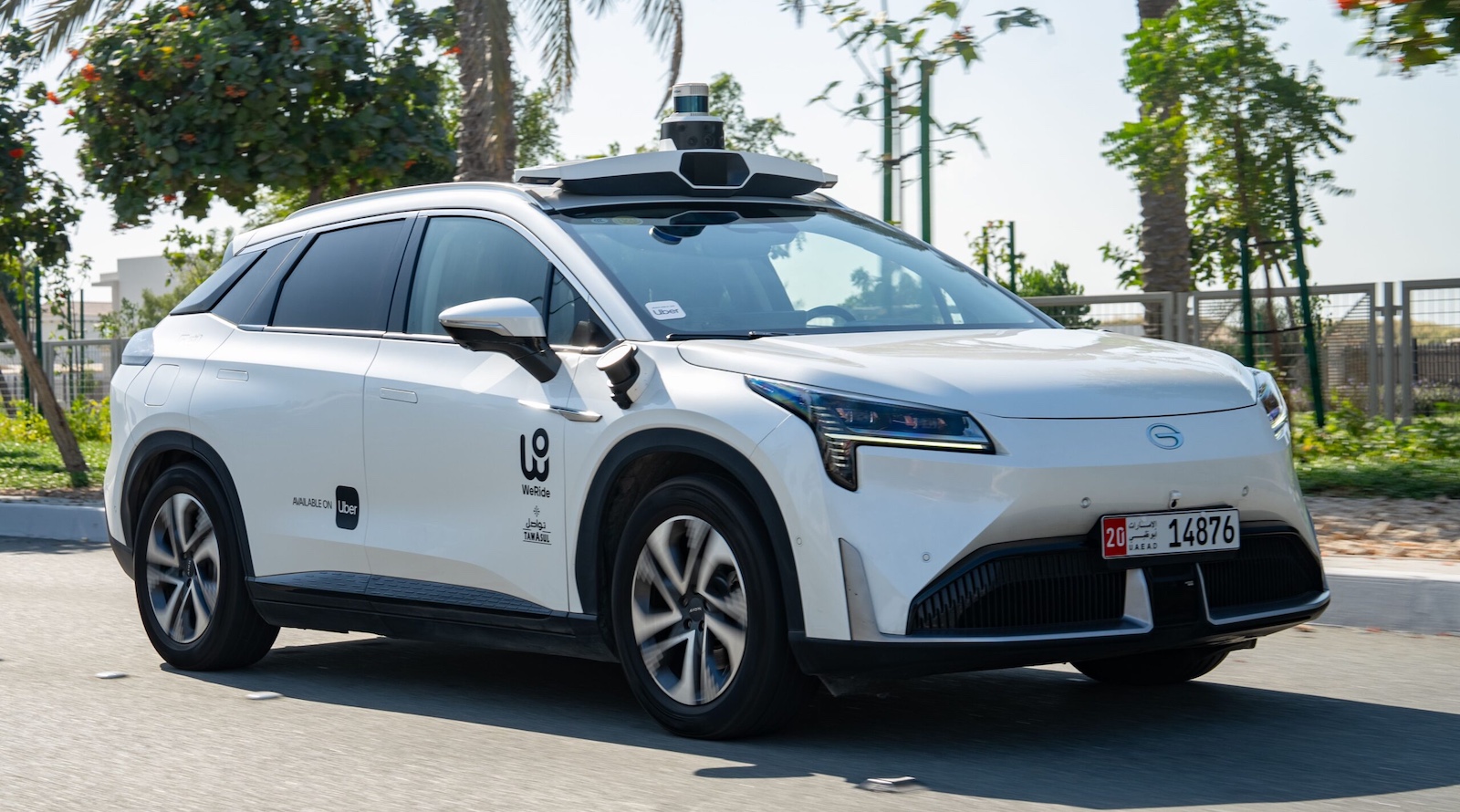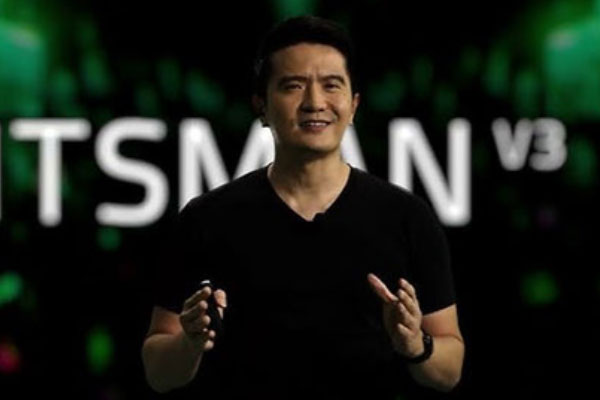A cross-border alliance signals the next phase of AI-powered mobility
Chinese autonomous driving pioneer WeRide and global ride-hailing giant Uber are expanding their partnership to deploy robotaxi services in 15 cities worldwide over the next five years. This move marks a pivotal moment in autonomous mobility—blending Chinese AI innovation with Uber’s platform scale to reshape how cities move.
Background: From pilot program to global rollout
The WeRide–Uber collaboration began in 2023, starting with pilot operations in Guangzhou and Shenzhen. Encouraged by positive user feedback, high reliability, and regulatory green lights, the companies are scaling up to cities such as Singapore, Dubai, Los Angeles, and Tokyo. These cities are known for both urban density and progressive transportation policies.
Under the agreement, WeRide will supply the autonomous systems, vehicles, and safety standards. Uber will integrate robotaxi services into its existing app, offering riders access through a familiar platform. This setup allows WeRide to go global without building a standalone brand, while Uber accelerates its AV strategy without investing in hardware.
Strategic impact: Scaling AV tech through platform integration
This partnership marks a breakthrough for China’s autonomous driving sector, traditionally overshadowed by U.S. players like Waymo and Cruise. With backing from major investors including GAC Group and Renault–Nissan–Mitsubishi, WeRide is now emerging as a serious global player.
Through Uber’s infrastructure, WeRide gains access to real-time urban data, diverse driving environments, and constant user feedback. These inputs help the AI improve continuously. At the same time, Uber reduces reliance on U.S.-centric AV providers and strengthens its footprint in Asia and the Middle East—two high-growth markets for future mobility.
Regulatory momentum in California, Singapore, and the UAE supports real-world deployment. These regions are offering pilot permits and urban mobility sandboxes that ease the path from R&D to revenue.
Editorial insight: Global expansion through collaboration
The partnership reflects a new phase in Chinese tech globalization. Instead of launching independent services abroad, companies like WeRide are embedding their innovations within trusted global platforms. This collaborative approach minimizes regulatory risks and fast-tracks scalability.
For Uber, the alliance represents a shift in AV strategy. The company is no longer chasing fully in-house autonomy. Instead, it’s aligning with external partners that enhance its core value proposition—efficient, on-demand transport. The partnership also offers flexibility, keeping Uber from being locked into a single AV provider.
Future outlook: Autonomous mobility enters urban mainstream
According to McKinsey & Co, the global autonomous vehicle (AV) market is expected to surpass $300 billion by 2030. The WeRide–Uber expansion is well-timed, with robotaxis set to become a regular feature in modern cities.
In the next five years, expect to see AI-driven vehicles operate on dynamic pricing models, with real-time dispatching, voice-guided UX, and autonomous safety checks. These systems will also collect valuable data to improve energy use, traffic flow, and fleet efficiency.
However, public adoption will depend on how governments handle key challenges. Topics like liability insurance, data governance, and ethical programming must be addressed. Trust, transparency, and regulation will determine how fast robotaxis shift from novelty to necessity.
Conclusion: A blueprint for autonomous, globally integrated transport
The WeRide–Uber alliance is more than a tech deployment—it’s a global blueprint. It shows how collaboration across borders can bring autonomous driving into the mainstream. As these vehicles launch in cities from Los Angeles to Singapore, a vision of smarter, safer, and more sustainable transport is taking shape.
This East-meets-West strategy merges Chinese engineering strength with American platform scale, pushing AVs from experimental status to everyday infrastructure. The roads of tomorrow are being built today—not by one company or one country, but by collaborative ecosystems paving the way forward.














